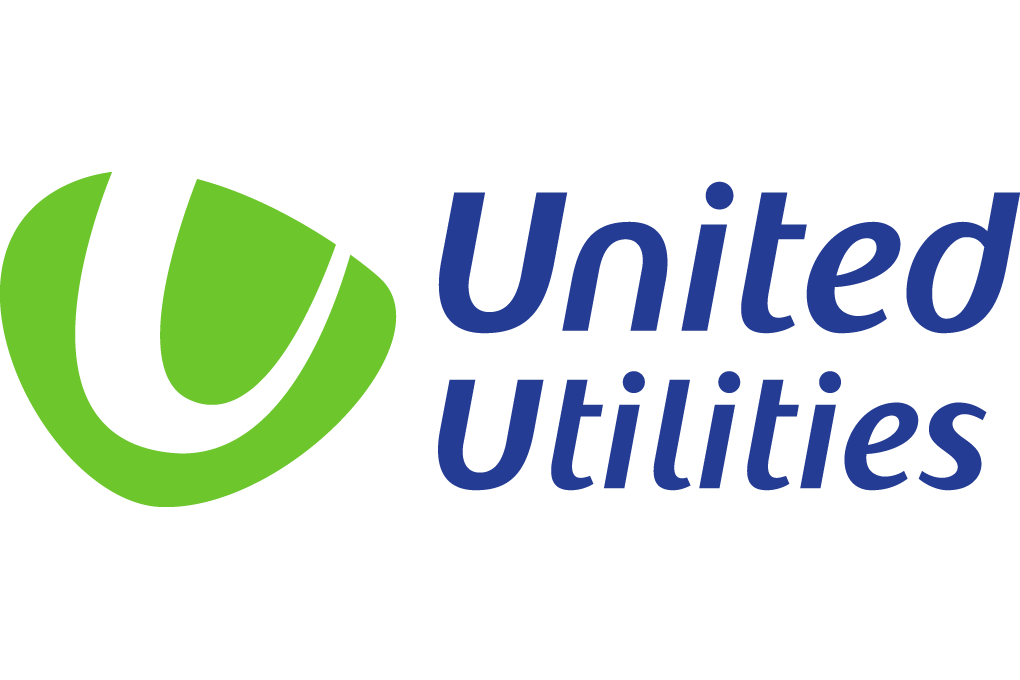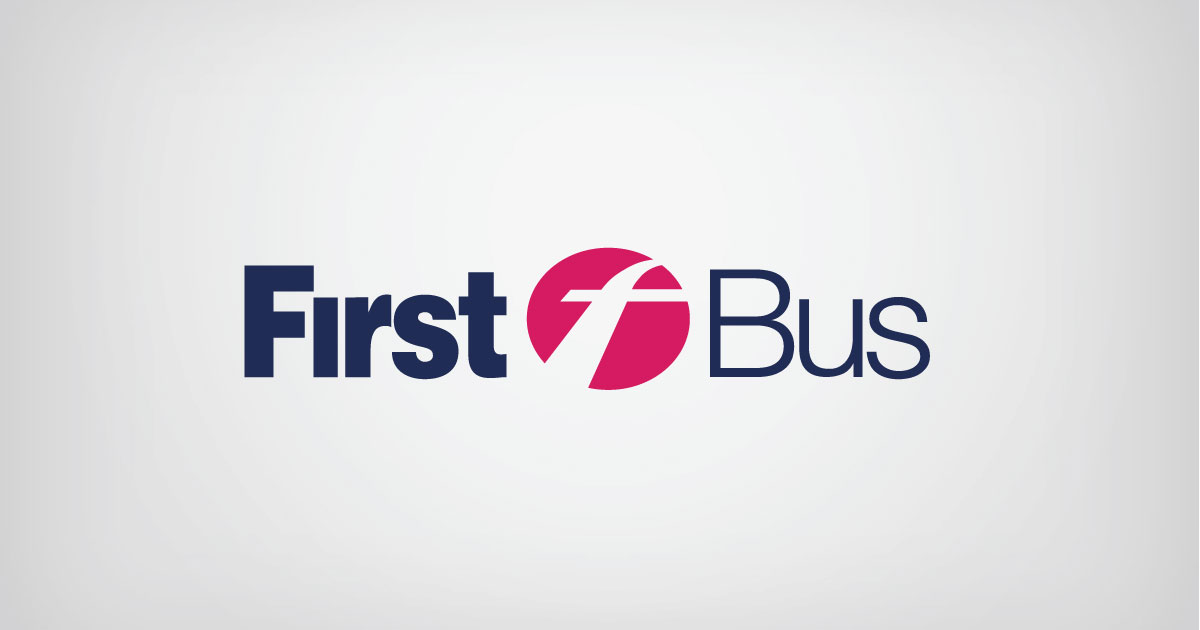Master construction waste management with this 2025 guide for UK trade contractors. Learn to create compliant Site Waste Management Plans (SWMPs), optimize waste segregation, and cut costs by up to 30% while meeting Environment Agency and HSE standards. Discover practical tips, templates, and welfare solutions from euroloo and ecowelfare to keep your site efficient and compliant.
Introduction
For trade contractors and site managers, effective construction waste management is a non-negotiable part of delivering projects on time, within budget, and in compliance with UK regulations. Poor waste handling can lead to fines exceeding £50,000 under Environment Agency rules, delayed schedules, and inflated landfill costs. This guide provides a comprehensive roadmap for creating and implementing a Site Waste Management Plan (SWMP), ensuring compliance with the latest 2025 regulations, optimizing waste segregation, and reducing haulage expenses. Whether you’re managing a £1M commercial build or a £20M infrastructure project, these strategies will streamline operations and boost profitability.
Why Construction Waste Management Matters
Construction and demolition (C&D) waste accounts for approximately 60% of the UK’s total waste, with over 60 million tonnes generated annually (DEFRA, 2024). The Environment Agency mandates SWMPs for projects over £300,000 to track waste streams, promote recycling, and minimize landfill use. Non-compliance risks penalties and reputational damage. Beyond regulations, efficient waste management:
- Reduces Costs: Recycling aggregates can cut disposal costs by up to 30%.
- Ensures Compliance: Aligns with CDM 2015 and HSE welfare standards for clean, safe sites.
- Enhances Sustainability: Meets client demands for eco-friendly practices, like BREEAM certification.
Step 1: Developing a Site Waste Management Plan (SWMP)
An SWMP is a legal requirement for projects exceeding £300,000 (or £500,000 for complex builds). It outlines how waste is identified, segregated, and disposed of. Here’s how to build one:
Key Components of an SWMP
- Project Details: Include site location, project value, and estimated completion date.
- Waste Types: Categorize waste (e.g., inert like concrete, non-hazardous like timber, hazardous like asbestos).
- Responsible Parties: Assign roles (e.g., site manager, waste contractor).
- Disposal Methods: Specify recycling, reuse, or landfill plans, with target percentages (e.g., 70% recycling).
- Tracking: Use a waste transfer note (WTN) system to document movements.
Example SWMP Template
| Waste Type | Est. Volume (m³) | Disposal Method | Contractor |
|---|---|---|---|
| Concrete | 50 | Recycle (off-site) | ABC Recycling |
| Timber | 20 | Reuse (on-site) | Site Crew |
| Asbestos | 5 | Licensed Disposal | XYZ Hazardous |
Pro Tip: Use digital tools like WasteLogix to automate SWMP tracking and generate compliance reports for audits.
Step 2: Waste Segregation Best Practices
Proper segregation maximizes recycling and minimizes landfill costs (e.g., £100/tonne for non-hazardous waste). Follow these protocols:
- On-Site Sorting: Set up dedicated skips for concrete, metals, timber, and mixed waste. Label clearly to avoid cross-contamination.
- Inert Waste: Crush concrete and bricks for reuse as aggregates, compliant with BS 8500-2 standards.
- Hazardous Waste: Isolate asbestos or contaminated soil, using licensed carriers per the Hazardous Waste Regulations 2005.
- Training: Brief crews on segregation protocols to reduce errors (e.g., mixing plasterboard with inert waste increases costs).
Step 3: Cost Reduction Strategies
- Negotiate Bulk Haulage: Use roll-on roll-off (RORO) skips (20–40yd³) for high-volume waste, reducing trips (e.g., £300/trip for 40yd³ vs. £150/trip for 8yd³ skips).
- Recycle On-Site: Invest in mobile crushers for concrete, saving up to 25% on disposal and new aggregate costs.
- Audit Regularly: Conduct weekly waste audits to identify inefficiencies, like over-ordering materials (common in 30% of projects).
- Leverage Tax Breaks: Claim landfill tax exemptions for recycled materials (e.g., £3.25/tonne for inert waste vs. £103/tonne for active waste).
Step 4: Regulatory Compliance
Stay aligned with key regulations:
- Environment Agency (EA): Submit SWMPs for inspection and ensure WTNs for all waste movements.
- HSE Welfare Standards: Maintain clean sites with adequate welfare facilities (toilets, handwashing) to support waste-handling crews.
- CDM 2015: Integrate waste management into your Construction Phase Plan, detailing risk assessments for handling hazardous materials.
Case Study: On a £5M office build in Manchester, a contractor reduced waste costs by 20% (£40,000) by implementing on-site concrete crushing and using digital SWMP tracking, while ensuring HSE-compliant welfare facilities kept crews productive.
Step 5: Integrating Welfare for Efficient Operations
Waste management is messy work – dust, debris, and long hours demand robust site welfare. Under CDM 2015, sites must provide adequate toilets, handwashing stations, and rest areas. Neglecting welfare risks fines and delays. For example:
- Portable Toilets: Essential for crews handling dusty aggregates or hazardous waste, ensuring hygiene without off-site trips.
- Welfare Units: Provide rest areas and showers for decontamination, critical for asbestos or chemical exposure.
Keep Your Site Compliant and Productive
Ensure your waste management operations run smoothly with euroloo’s portable toilets, tailored for construction environments, or ecowelfare’s welfare units for comprehensive crew support.
Conclusion
Effective construction waste management is a strategic advantage for trade contractors, combining compliance, cost savings, and sustainability. By implementing a robust SWMP, prioritizing segregation, and leveraging recycling, you can cut costs by up to 30% while meeting Environment Agency and HSE standards. Equip your site with reliable welfare solutions to keep crews efficient and compliant, ensuring your project stays on track.























